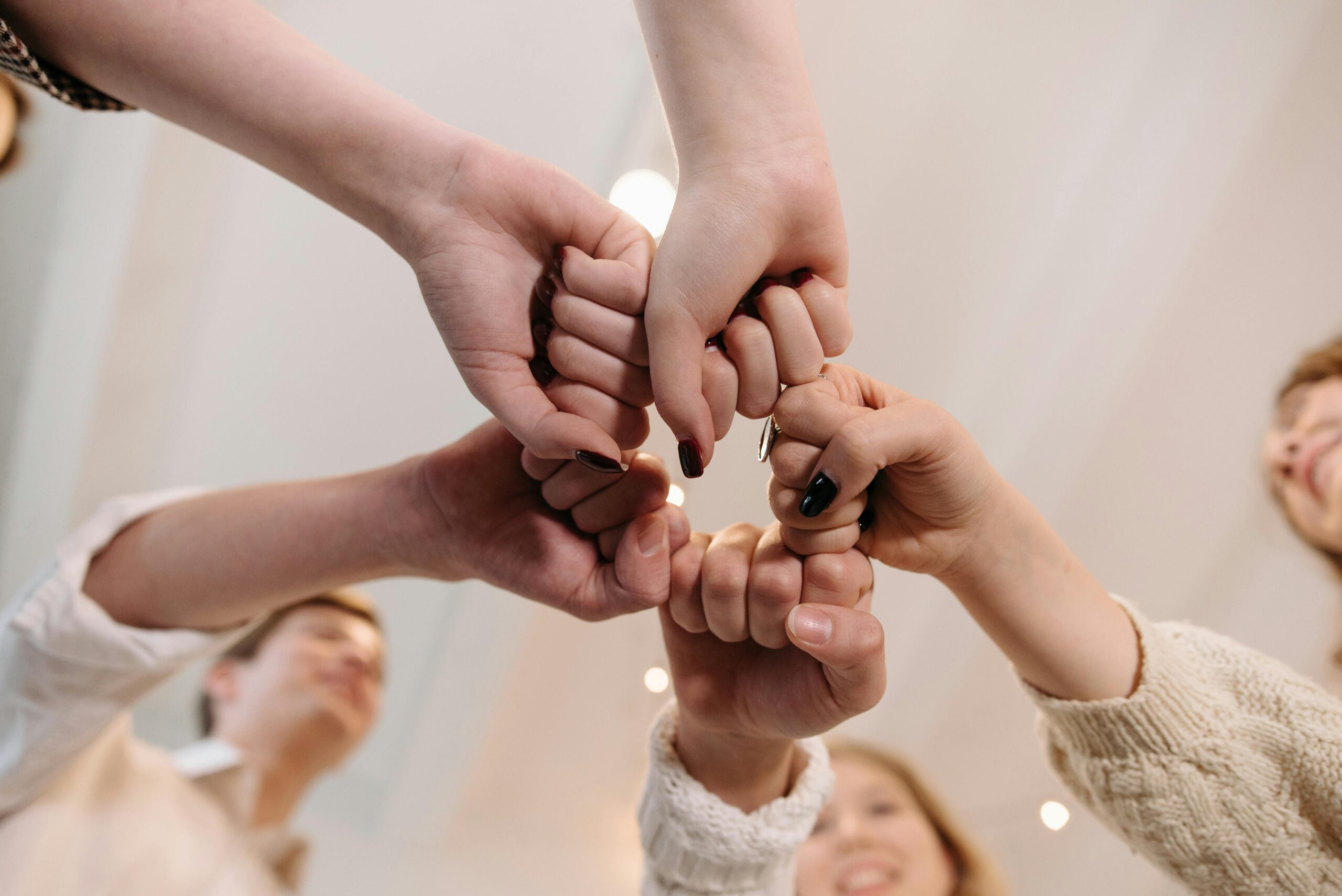More British women than ever before are coming to Denmark to visit sperm banks, and yesterday, one of English's top-selling tabloids, the Mirror, provided the industry with a welcome summertime boost by conducting an interview with one of them.
It would appear that her story, more ordinary than extraordinary, is quickly becoming the norm.
An easy choice
When Jessica McCallin, 40, decided it was time to quit waiting around for the Viking love of her life to sweep her off her feet and impregnate her, it reports, she decided she would go straight to the source for Viking sperm: Denmark.
READ MORE: A friendly sperm donor is a costly one
“I chose to use a Danish donor because I knew the characteristics of the child would be similar to mine,” McCallin explained to an English newspaper, the Mirror.
“I know my family originates from the north of England, which was once conquered by the Norsemen, so it’s reasonable to assume I have Scandinavian ancestry.”
Let’s put the past behind us
McCallin, who today coincidentally lives in the London district of Denmark Hill, was apparently willing to set aside any grudges against Vikings who may or may not have (sexually) conquered her ancestors.
READ MORE: Danish sperm bank abandoning home market
“The Viking aspect had a certain appeal,” she explained.
Metroexpress took the time to contribute to this story, observing that “Danish genes are apparently popular”.
Hot commodity
UK demand for Danish sperm has increased over the past few years, and not just because Brits want physically superior, blonde-haired, blue-eyed ‘Viking babies’.
Danish laws on sperm donors keep the process entirely anonymous, which differs considerably from the UK law that allows a child to contact the sperm donor once they turn 18.
Neither Jessica nor her daughter will ever know much more about the man except that “he has fast swimming sperm”, McCallin told the Mirror.
So far, no reports suggest that McCallin’s three-year-old daughter is exhibiting any signs of the Viking habits that led her mother to seek out this triumphant gene pool.












